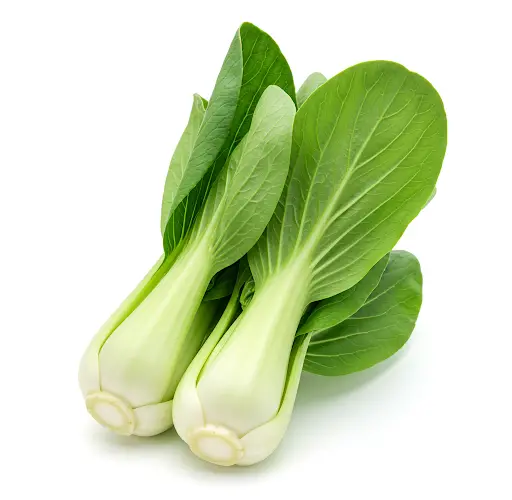How to Grow Bok Choy (Pak Choy) at Home for Just $1
Bok Choy, also known as Pak Choy, is a fast-growing leafy green vegetable that thrives in small spaces, making it perfect for home gardening. Even with a budget of just $1, you can successfully cultivate Bok Choy using affordable or recycled materials. This guide will show you step-by-step how to grow Bok Choy at home with minimal investment while ensuring a bountiful harvest.
Choosing the Right Growing Method
Since we are working with a minimal budget, you can grow Bok Choy using three main methods:
- Regrowing from kitchen scraps
- Growing in containers with soil
- Hydroponic growing (without soil)
Each method has its advantages, and choosing the right one depends on what materials you already have at home.
Regrowing Bok Choy from Scraps (Almost Free!)
One of the easiest and cheapest ways to grow Bok Choy is by using store-bought scraps. Here’s how:
- Take the bottom base of a Bok Choy plant (about 2 inches long) after using the leaves for cooking.
- Place the base in a shallow bowl with clean water, ensuring only the bottom is submerged.
- Keep the bowl in a bright area with indirect sunlight.
- Change the water every 1-2 days to prevent bacterial growth.
- Within a few days, you will see new green leaves and small roots forming.
- Once roots are about 1 inch long, transfer the plant into soil or continue growing hydroponically.
This method allows you to grow new Bok Choy plants for free from kitchen waste!
Growing Bok Choy in Containers (Under $1)
If you prefer to grow Bok Choy from seeds but have a limited budget, you can start with a small investment.
Materials Needed:
- Bok Choy seeds (often available for under $1 or obtained from previous plants)
- Recycled containers (old plastic bottles, yogurt cups, or buckets)
- Soil from your backyard or compost
- Water (free!)
Steps to Grow Bok Choy in Containers:
- Prepare the container: Use any recycled plastic container or old bucket with drainage holes at the bottom.
- Fill with soil: If buying soil is not an option, use compost, coffee grounds, or decomposed leaves to create a nutrient-rich mix.
- Sow the seeds: Scatter the Bok Choy seeds lightly on the soil surface and cover with a thin layer of soil.
- Water sparingly: Keep the soil moist but not soggy. Overwatering can cause root rot.
- Provide sunlight: Place the container in a bright spot with at least 4-6 hours of sunlight daily.
- Thin the seedlings: Once the plants sprout (after 5-7 days), keep the healthiest ones and remove the weaker ones.
- Fertilize naturally: Use kitchen waste like banana peels, eggshell water, or diluted rice water to add nutrients.
- Harvest: In about 30-40 days, your Bok Choy will be ready to harvest.
Hydroponic Bok Choy (Soil-Free Option)
If you don’t have access to soil, you can grow Bok Choy without soil using just water and a few kitchen items.
What You Need:
- A plastic container or recycled water bottle
- Water (rainwater or tap water left overnight to remove chlorine)
- A small piece of sponge or cotton to hold the plant
- Bok Choy seeds or regrown scraps
Steps to Grow Hydroponic Bok Choy:
- Cut a small hole in the bottle cap or use a sponge to hold the plant upright.
- Fill the bottle with water, keeping only the roots submerged.
- Place in bright, indirect sunlight.
- Change the water every 3 days to prevent algae growth.
- In about 4-5 weeks, your Bok Choy will be mature enough for harvesting!
Tips to Maximize Growth on a Budget
- Use natural fertilizers: Eggshells, banana peels, and coffee grounds can be turned into liquid fertilizer for free.
- Repurpose household items: Old cups, plastic containers, and even old shoes can be used as planters.
- Harvest leaves instead of uprooting: Cutting only the outer leaves allows the plant to continue growing for multiple harvests.
- Protect from pests naturally: A garlic or chili water spray helps keep pests away without spending money on pesticides.
Final Thoughts
Growing Bok Choy at home for just $1 is entirely possible using recycled materials, kitchen scraps, and simple growing techniques. Whether you regrow from scraps, plant in soil, or try hydroponics, you can enjoy fresh, homegrown Bok Choy without breaking the bank. Give it a try and enjoy your budget-friendly, healthy harvest!



